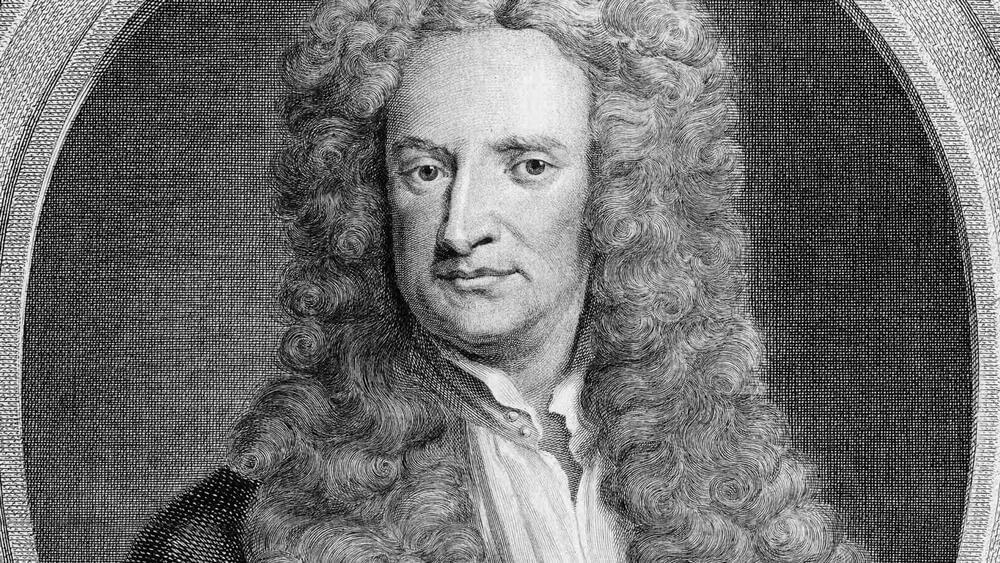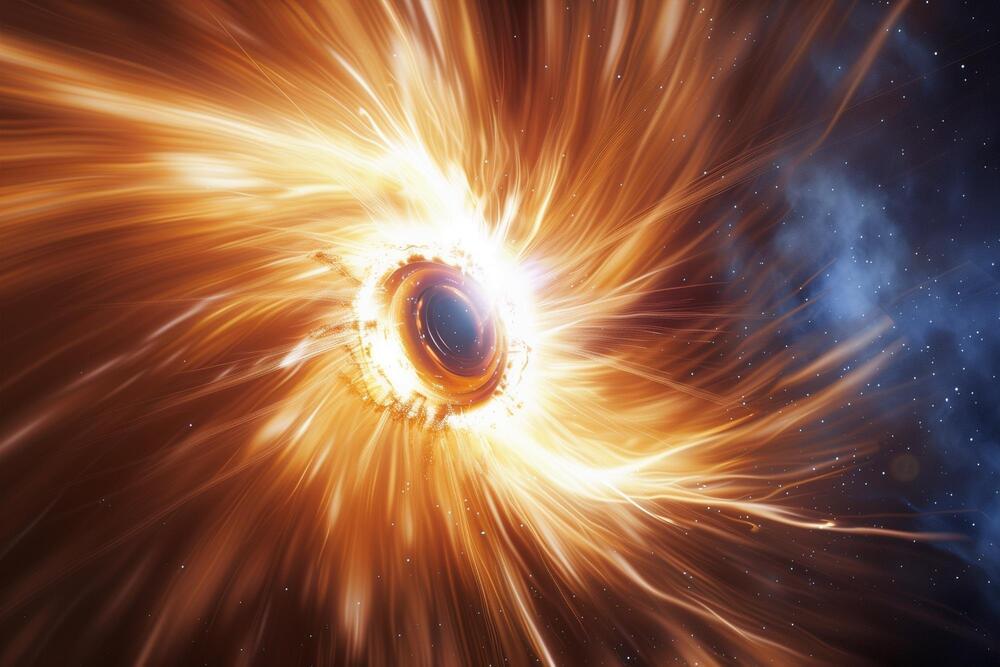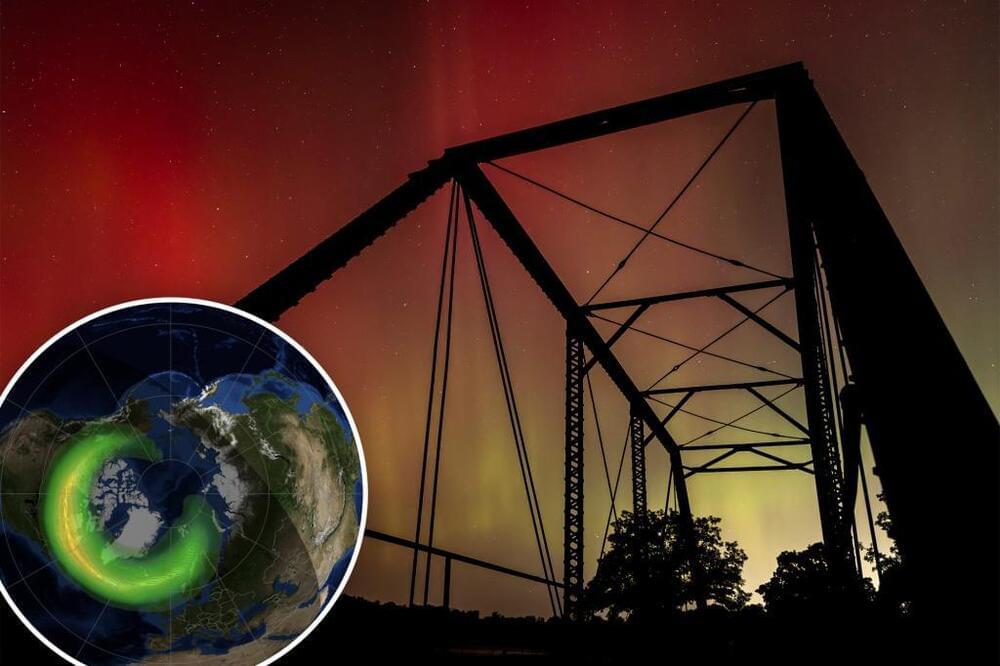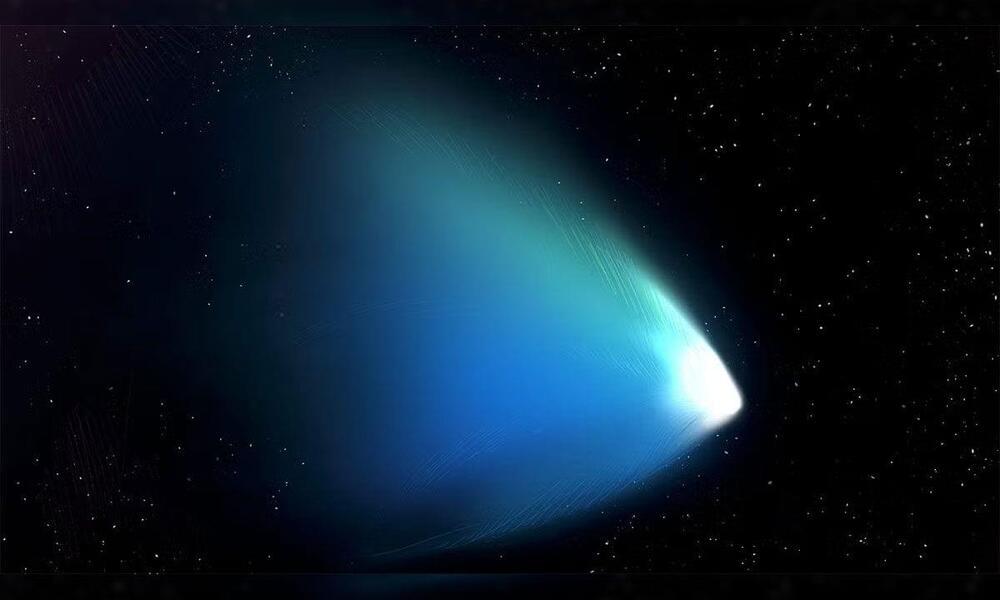Isaac Newton, the brilliant physicist and mathematician, revolutionized our understanding of the universe with his laws of motion and universal gravitation, forever changing the course of scientific inquiry.




Reference: Essays on Substance
In his 1952 article Relativity and the Problem of Space, Einstein says:

Researchers have discovered magnetic fields deep within the merging galaxy Arp 220, suggesting these fields might be crucial for efficient star formation, acting like a cosmic lid that prevents the “boiling over” of star-forming materials.
This breakthrough, observed using the Submillimeter Array in Hawaii, could explain why some galaxies produce stars more effectively than others.
Star Formation Secrets Unveiled


Recent studies indicate that the cosmos is rich in complex organic molecules, essential components for understanding the origins of life. The European Space Agency’s Rosetta probe, which examined the comet 67P/Churyumov-Gerasimenko over a two-year mission, provided significant insights into the presence of these molecules in space.
Organic molecules, defined as compounds containing carbon, are abundant not only on Earth but also throughout the universe. Their structure allows carbon atoms to create stable chains, forming the backbone of various biological compounds. The findings from Rosetta have transformed our understanding of where these building blocks of life might originate.
During its mission, Rosetta detected over 44 distinct organic molecules, including glycine, a fundamental amino acid. Moreover, recent analyses of the data identified dimethyl sulfide, a gas associated exclusively with biological processes on Earth, suggesting that the conditions for life may be more widespread than previously assumed.

The Hubble Space Telescope has captured imagery of the R Aquarii binary star system from 2014–2023. The images have been time-lapsed here to show the evolution of the region.
Credit: NASA, ESA, M. Stute, M. Karovska, D. de Martin \& M. Zamani (ESA/Hubble) | edited by Space.com.
Music: You Want Dark Tunes? by Ave Air / courtesy of http://www.epidemicsound.com

Domo arigato, Mr. Botto.
The next artistic masterpiece may be more machine than man: An artificial intelligence design program called Botto has sold computerized works for megabucks and could revolutionize the creative space.
Since its creation in 2021, Botto has created more than 150 works of various disciplines that have cumulatively raked in over $5 million at auction, CNBC reported.
Journey into one of humanity’s most ambitious space missions as we explore JAXA’s groundbreaking Hayabusa2 mission to asteroid Ryugu! Discover how this remarkable spacecraft not only achieved the first successful deployment of rovers on an asteroid but also brought back precious samples that could reveal secrets about our solar system’s formation. From the dramatic touchdown on Ryugu’s surface to the revolutionary MASCOT and MINERVA rovers that hopped across its microgravity environment, this video breaks down the incredible technology and scientific discoveries from this historic asteroid sample return mission. Learn how these primitive asteroid samples are reshaping our understanding of the early solar system and what this means for future space exploration.